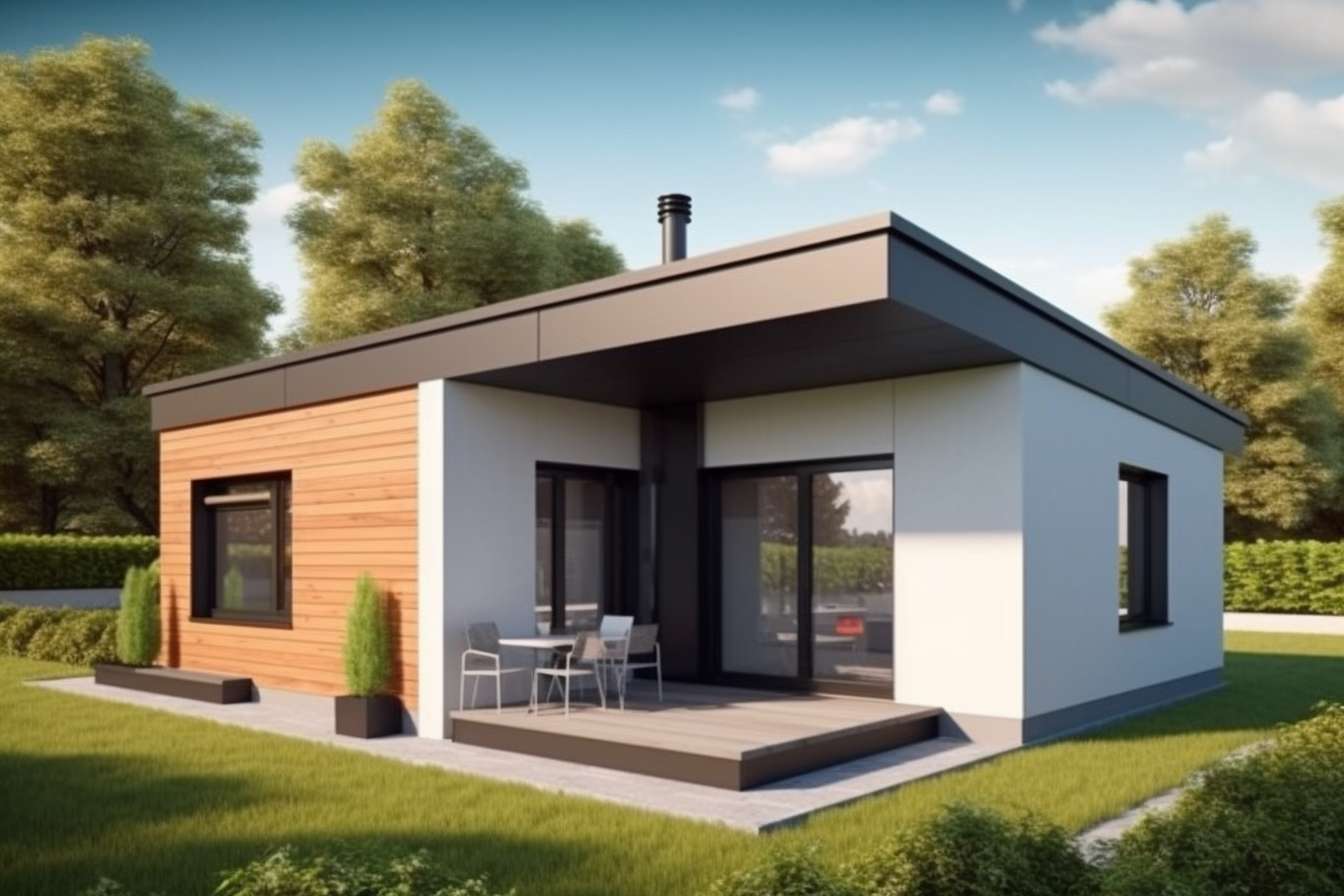Deck Installation Guide for Your Home
A well-designed deck transforms outdoor space into an extension of your home, creating a place for relaxation, entertaining, and connecting with nature. Deck installation involves thoughtful planning, material selection, adherence to local building codes, and skilled construction. Whether you’re building a small platform off a kitchen or a multi-level outdoor living area, understanding each phase—from permits to maintenance—helps protect your investment and ensures a safe, long-lasting result.

Deck: planning, permits, and site selection
Successful deck installation starts with planning. Consider the deck’s purpose, size, orientation to sun and wind, and how it will connect to your home. Check local zoning rules and building codes for setback requirements and whether a permit is necessary; many municipalities require drawings and inspections. Site selection also involves assessing soil type, drainage, and proximity to trees or utilities. Early coordination with a licensed contractor or local building department can prevent delays and unexpected costs. A clear plan reduces waste during construction and improves the final layout’s functionality.
Home: integrating the deck with your home design
When integrating a deck with your home, prioritize both aesthetics and structural compatibility. Tie-in methods to attach the deck to your house—such as ledger boards—must be installed correctly to avoid water intrusion and structural issues. Consider sightlines from inside the home, transitions through doors, and continuity with existing exterior finishes. Use materials and colors that complement rooflines, siding, and landscaping. For multi-level homes, staggered decks or stairs can create seamless connections between interior rooms and outdoor living spaces while maintaining privacy and flow.
Outdoor: choosing materials for durability and style
Outdoor conditions dictate material choice. Traditional pressure-treated wood is widely used for affordability and ease of installation but requires regular maintenance. Cedar and redwood offer natural resistance to rot and pleasing aesthetics at a higher price. Composite decking combines wood fibers and plastic for low maintenance and long life, while capped composites and PVC boards resist fading and moisture. For railings and fasteners, select corrosion-resistant metals or coated options in coastal areas. Consider slip resistance, thermal properties in direct sun, and how material warranties fit your long-term plans.
Construction: step-by-step installation essentials
Deck construction follows a predictable sequence: site preparation, footing and foundation, framing, decking, railings, and finishing. Footings must be sized for soil conditions and frost depth to prevent movement. Proper ledger attachment, joist spacing, and beam sizing ensure the deck supports expected loads. Use appropriate fasteners and flashing where the deck meets the home to prevent water damage. Install decking perpendicular to joists with attention to spacing for expansion. Railings and stairs need secure anchoring and meet local height and baluster spacing rules. Professional installation helps guarantee structural integrity and code compliance.
Building: maintenance and long-term care
A building-quality deck performs well for years with routine maintenance. For wooden decks, annual cleaning, prompt repair of damaged boards, and periodic sealing or staining extend service life. Inspect fasteners, posts, and joist ends for corrosion or rot, especially near ground contact. Composite decks require less sealing but benefit from occasional washing and checking for stains or mold. Address vegetation and drainage issues that trap moisture. Seasonal checks after winter or heavy storms catch problems early. A maintenance plan tailored to your materials and climate optimizes safety and appearance.
Conclusion
Deck installation blends design decisions, technical construction, and ongoing care to create a functional outdoor extension of your home. By planning with site conditions and local codes in mind, choosing materials suited to your climate and lifestyle, and following solid construction and maintenance practices, a deck becomes a durable, attractive addition that enhances daily life and property value. Regular attention to structural details and finishes preserves safety and enjoyment for years to come.






